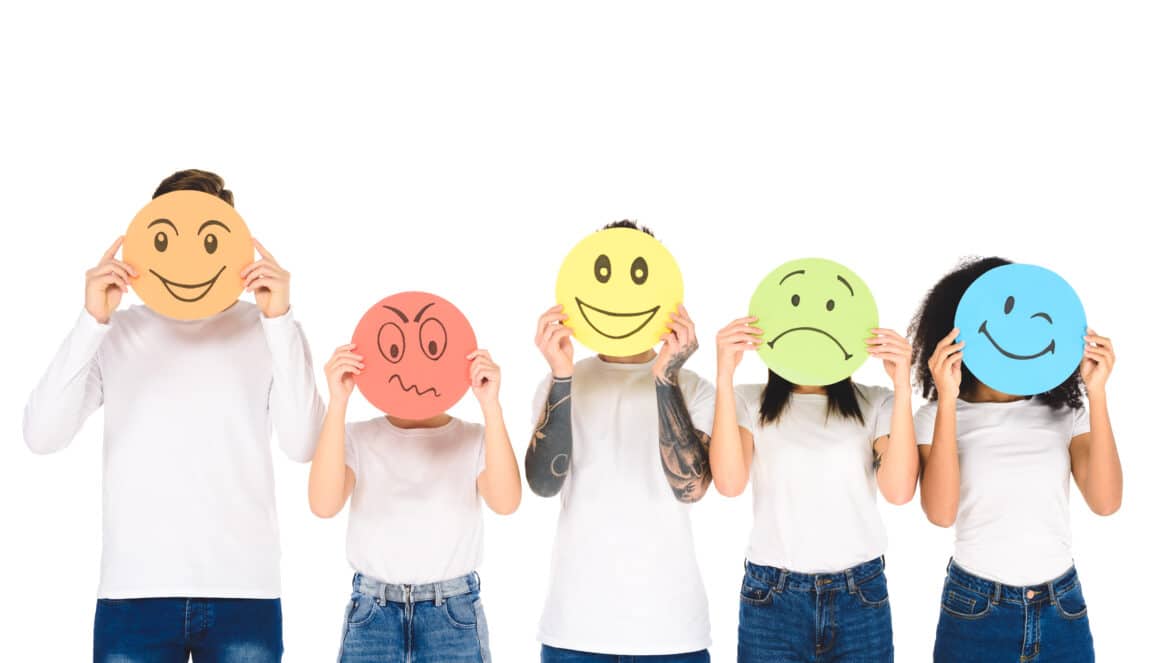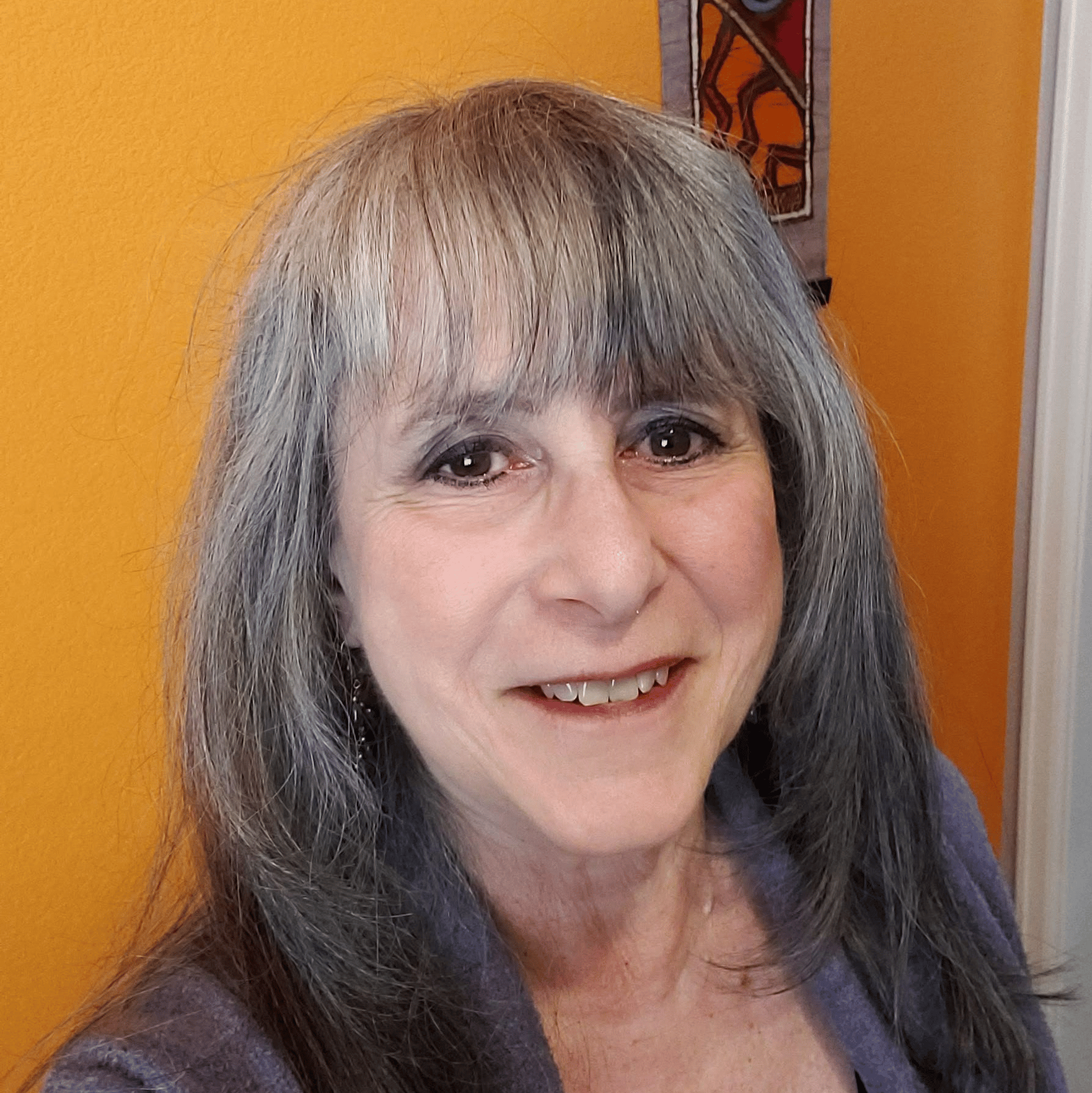Table of Contents
Well-being matters. One of the outcomes of the pandemic is a heightened awareness of well-being, our own and that of others. Creating a learning environment that fosters well-being happens when Social Emotional Learning is intentionally incorporated into the educational ecosystem.
Using Social Emotional Learning For Skill Development
The terms hard and soft skills are often used in the workplace to describe skills needed to be successful at work and in life. Hard skills typically refer to concrete skills needed to be successful professionally. For example, skills learned in a class or course, books, or on the job to perform a task. These particular abilities can be measured and quantified. In contrast, personality-based skills or soft skills are considered behaviors and are pretty subjective. How well you do your job is determined by your hard skills, and how good a fit you are for the job is influenced by your soft skills.
Another way to think about these skills that may make more sense and aligns with SEL is thinking about durable and perishable skills. SEL skills are for life and transfer across the school, family, community, and work. They are global in perspective. Meanwhile, perishable skills have a shelf-life, typically two to five years. Think about them more as technical skills. As we think about preparing students to be successful members of and contributors to a global community, a mix of perishable and durable skills is required.
Tech skills, organization-specific policies and tools, and community-specific processes and frameworks change periodically. Skills needed to learn and adapt more of a personal set of dispositions and mindsets. Durable skills support the changes required of perishable skills. SEL builds durable skills that transform and expand the various environments people need to navigate.
The Success of Effective Social Emotional Learning
Many programs have already integrated social emotional learning successfully. Let’s consider the International Baccalaureate Profile of a Learner. Findings in the 2016 Social and Emotional Well-being in IB World Schools (age 3-19) Final Report indicated that social and emotional well-being was an underpinning principle of the way the International Baccalaureate (IB) programs were conceptualized, which allowed schools to have social and emotional well-being as a priority focus. Subsequently, the report indicated two findings that helped explain this SEL presence:
Firstly, pedagogical underpinnings include the learner-centered approach and the inquiry-driven focus. Secondly, extensive student collaboration and involvement with the wider school and local community. In places where SEL programs are implemented with fidelity, several outcomes are consistent: SEL skill acquisition, improved attitudes, enhanced learning, positive social behavior, fewer discipline issues, less emotional distress, and improved academic performance. In Durlak et al.’s 2011 meta-analysis, SEL interventions improved SEL skills (effect size = 0.57) and academic achievement (effect size = 0.27).
Demand for SEL Skills
In the 2021 Reimagining the Workforce report, employers had a high demand for soft or durable skills, naming critical thinking, communication, and creativity as the most difficult soft skills to fill (Volger, Burgess & Magda, 2021). Consistently, in the 2017 National Association of Colleges and Employers survey, over half of the skills sought by employers fit in the SEL framework.
Individuals’ ability to work on a team, strong work ethic, leadership, initiative, flexibility, and detail-oriented, to name a few, are all valuable skills. For instance, other employer surveys report similar outcomes. They include critical thinking/problem-solving, oral and written communications, teamwork/ collaboration, creativity/innovation, lifelong learning/self-direction, professionalism/work ethic, and ethics/social responsibility. There are some consistent trends over time. Most importantly, skills sought by the labor market seem to overlap with what is taught as part of SEL. Consider which skills fall in the durable versus perishable skill categories discussed earlier.
Social Emotional Learning During the Pandemic
Trends in education were causing change pre-pandemic. For instance, the pandemic (and social unrest) has allowed us to reimagine school. Schools relied on families to coordinate instruction – time, place, and access. Subsequently, many families were struggling. Opportunities for dialogue changed as the need for quick communication increased. With virtual learning, students of all ages had to (and did) take more ownership of their learning.
A forced opportunity that demanded learners have a choice didn’t just emerge but barged into their lives. Choosing where, how, and when to engage in learning with whom required (and still does) that learners have skills to make choices that support and enhance their learning experience. In contrast, making a choice forces learners to develop decision-making skills.
Students’ lives were disrupted in many ways by the pandemic. Social support systems provided by ordinary social interactions during the school day weakened. How did communities respond? Educational equity moves to the forefront when education becomes student-centered – when we empower learners.
Using Social Emotional Learning for Authentic Learning
When SEL is part of that move, coupled with the understanding that learning happens everywhere, students go in a community; an authentic educational ecosystem can be established. Therefore, a partnership between the school-family-community offers the opportunity to establish learning environments and experiences that move in new directions built on trusting and collaborative relationships. Furthermore, we can focus on building authentic relationships that enhance school and community experiences.
Peter Senge (2006) talks about inner shifts (values, aspirations, behaviors) and outer shifts (processes, strategies, practices, systems) that are necessary for profound change – moving beyond doing something new to doing something in a new way. In other words, it’s about building a common understanding of the need for change, assessing where capacity building is needed, and then developing that capacity to sustain the change.
Helping Students Through Hardship
In summary, sustaining the change propelled by the pandemic and social uprising requires an SEL component in our educational ecosystem. This change is about supporting learners in developing healthy identities, managing their emotions and achieving personal goals, feeling and showing empathy for others, establishing and maintaining supportive relationships, and making responsible and caring decisions.
What if students – learners – developed the mindsets and actions associated with success in school and the workplace? Suppose educators and the community were empowered with knowledge and practices that support learning for all learners in any context. How would the educational ecosystem move forward if SEL permeated strategy?
Resources
- CASEL-Personal-Assessment-and-Reflection-Tool-SEL-Competencies-for-School-Leaders-Staff-and-Adults-1
- SEL-Reflection-Prompts.pdf (casel.org)
- Senge, Peter. (2006). The Fifth Discipline: The art and practice of the learning organization. Doubleday.
- Skills aren’t soft or hard — they’re durable or perishable
- Transformative SEL as a Lever for Equity & Social Justice
- Trauma_informed_school_strategies_during_covid-19
- What is the difference between Hard Skills and Soft Skills?



